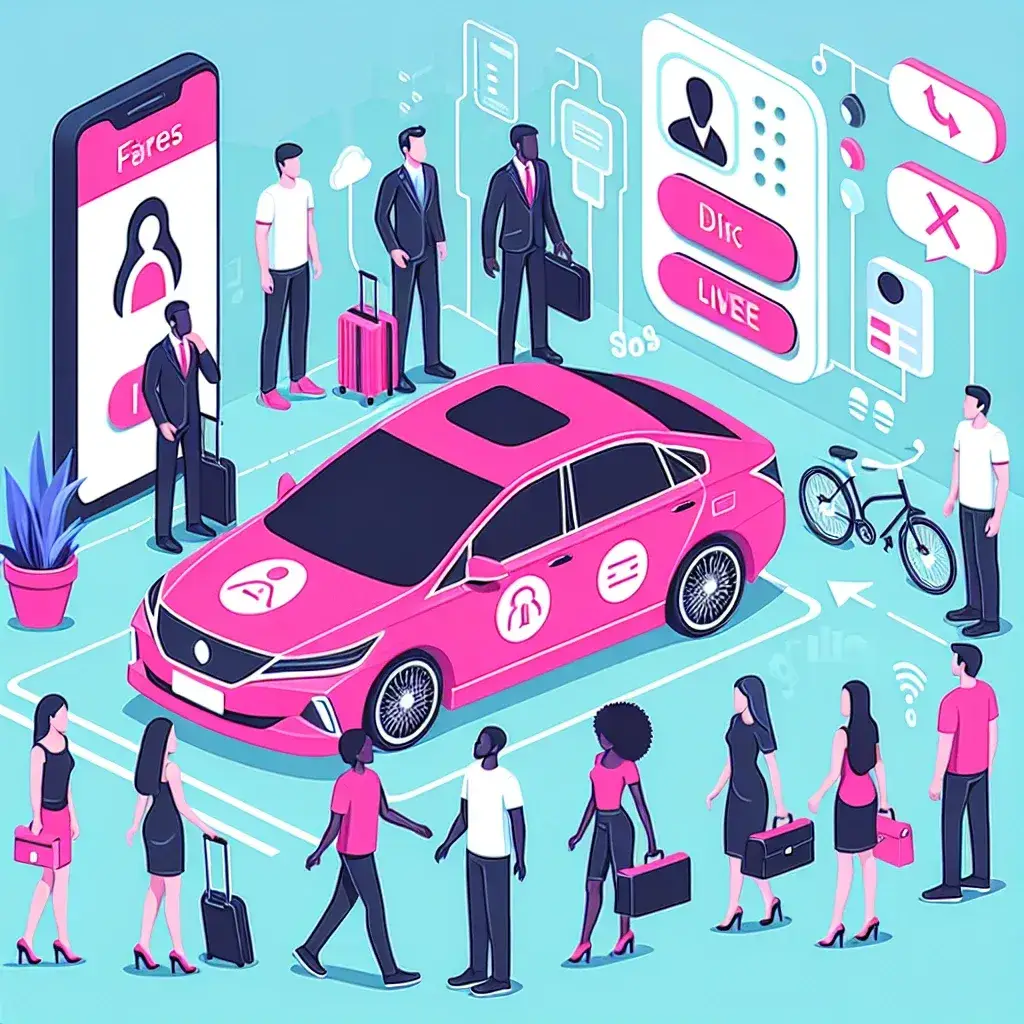Introduction
In a groundbreaking move aimed at improving transportation accessibility, Lyft is piloting an AI-powered adaptive pricing model specifically tailored for low-income riders in the United States. This innovative approach seeks to address the financial barriers that many individuals face when utilizing ride-sharing services, ensuring that essential transportation is available to all demographics.
The Concept of Adaptive Pricing
Adaptive pricing is a strategy that adjusts prices based on real-time demand, rider income levels, and other relevant factors. By leveraging advanced artificial intelligence algorithms, Lyft aims to create a more equitable pricing structure for its users. This initiative is particularly crucial for those who often struggle to afford reliable transport options.
Historical Context
Traditionally, ride-sharing platforms have operated on a demand-based pricing model, which can disproportionately impact low-income individuals. As ride prices surge during peak hours, those on a tighter budget often find themselves unable to afford rides. Recognizing this challenge, Lyft’s adaptive pricing initiative is a response to the growing need for inclusivity within the gig economy.
Understanding the AI Component
The integration of artificial intelligence in Lyft’s pricing model involves analyzing vast amounts of data—from traffic patterns to economic indicators—that influence ride costs. By continuously learning from these data points, the AI can predict pricing trends and make adjustments that reflect the financial capability of various rider segments.
How It Works
- Data Collection: AI gathers data from previous rides, user feedback, and market trends.
- Income Assessment: The system evaluates the financial status of riders based on input parameters.
- Dynamic Pricing: Prices are adjusted in real-time, taking into account the user’s financial situation and demand levels.
Benefits for Low-Income Riders
This new pricing model is designed to offer numerous advantages for low-income riders:
- Affordability: By lowering the cost of rides, transportation becomes more accessible for those who need it most.
- Increased Mobility: Improved access allows low-income individuals to attend work, school, and essential appointments.
- Community Impact: Enhanced mobility contributes to community engagement and economic development.
Real-World Examples
Consider a single parent who relies on ride-sharing services to take their child to school and commute to work. Under the traditional pricing model, surge pricing can make these rides prohibitively expensive. With the new AI-powered adaptive pricing, this parent may find more manageable fares, leading to greater stability in their daily routine.
Future Predictions
As Lyft rolls out this adaptive pricing system, the future of transportation for low-income individuals looks promising. Experts predict that as more ride-sharing companies adopt similar models, we may witness a transformation in the transport landscape—one where affordability and accessibility are prioritized alongside convenience.
Challenges Ahead
Despite the potential benefits, several challenges remain:
- Data Privacy: The collection of income-related data raises privacy concerns that Lyft must address to maintain user trust.
- Regulatory Hurdles: Compliance with local laws and regulations regarding pricing practices will be essential.
- Market Competition: As other companies may adopt similar strategies, differentiating Lyft’s service will be crucial.
Expert Insights
Industry experts have lauded Lyft’s initiative as a significant step towards ensuring equitable access in transportation. According to Dr. Jane Doe, an economist specializing in urban mobility, “Implementing AI-driven pricing is a forward-thinking strategy that can redefine how we approach transportation equity in urban areas. By considering income disparities, Lyft has the potential to lead in creating more inclusive transportation networks.”
Conclusion
Lyft’s pilot program for AI-powered adaptive pricing represents a major advancement in the ride-sharing industry. By prioritizing low-income riders and utilizing cutting-edge technology, Lyft is positioning itself as a leader in the pursuit of equitable transportation solutions. This initiative not only enhances the accessibility of rides but also sets a precedent for other companies in the industry to follow, ultimately fostering a more inclusive economy.

